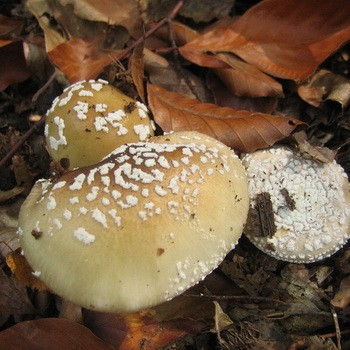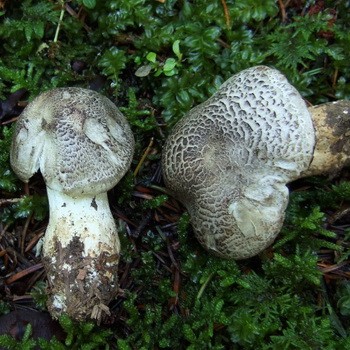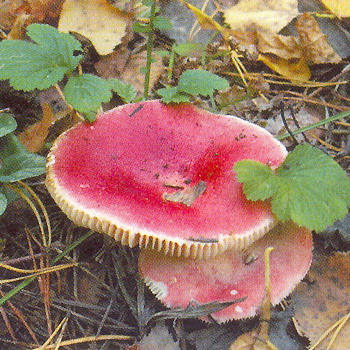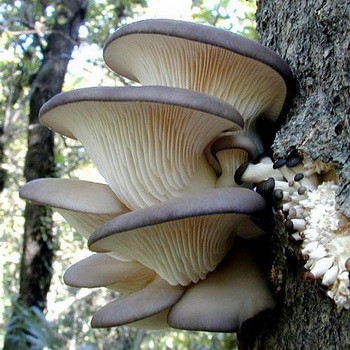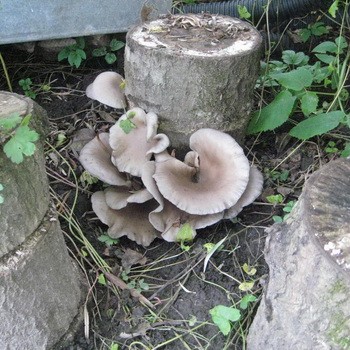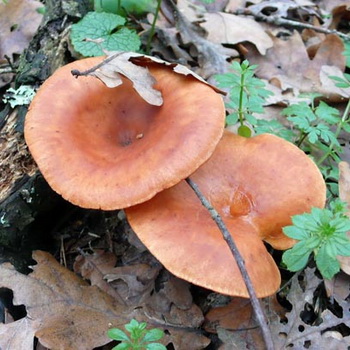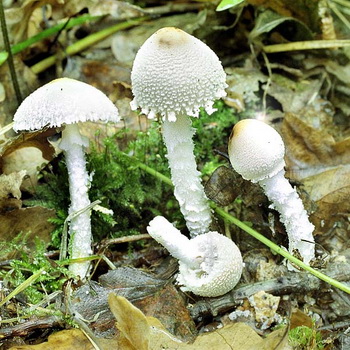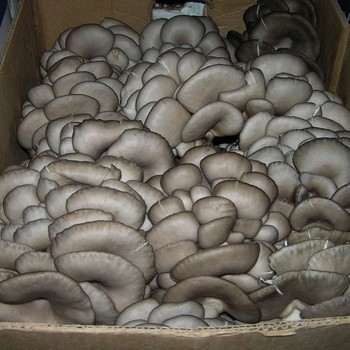Poisonous mushrooms - oyster mushroom counterparts
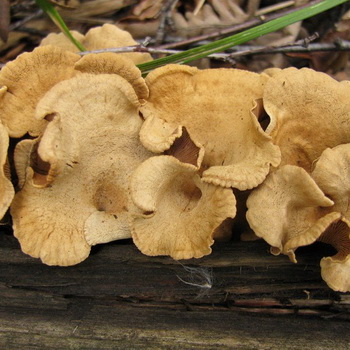
Oyster mushrooms are edible mushrooms of a rather large size, with a fleshy hat that looks like a shell. Its color varies from brown to dark gray, or from gray to white and even yellowish. The leg is almost invisible and tapers to the bottom.
Content
Can oyster mushrooms be poisonous?
Some mushroom pickers are often interested in: Do oyster mushrooms have poisonous doubles? It is worth saying that in Russia poisonous mushrooms, similar to oyster mushrooms, do not grow. There are simply some types of fruiting bodies that are only similar to oyster mushrooms, and are considered conditionally edible wood mushrooms, but have a bitter taste. Simply put, poisonous oyster mushrooms in our territory do not grow. However, in the forest on the trees you can often find a large number of mushrooms that are not oyster mushrooms. For example, flakes or polypores also resemble shelves and sinks growing on floors.
All mushrooms growing on trees are called wood destroyers, since their mycelium develops in the middle of the wood, destroying its composition. If these mushrooms grow on dead trees, can oyster mushrooms be poisonous? It turns out that these fruiting bodies play the role of orderlies in the forest, turning dead wood into dust. If it weren’t for these mushrooms, the whole earth would be littered with dry tree trunks and branches, and no nutrients needed for the growth of young trees would remain in the soil. Under the influence of oyster mushroom, dead wood is destroyed and turns into fertile soil.
Are there any poisonous mushrooms similar to oyster mushrooms, and how to distinguish them?
Some mushroom pickers undeservedly bypass oyster mushrooms hanging beautifully from tree trunks. And someone just does not know how to distinguish oyster mushroom from poisonous mushrooms.
So, are there any poisonous mushrooms that look like oyster mushrooms? Remember that the poisonous analogue of oyster mushroom does not exist in our country. However, this does not mean that one can be careless in cooking these mushrooms. Oyster mushrooms can be poisoned if you do not adhere to technological processes during processing. For example, if storage rules were not followed, or improper heat treatment was carried out. Oyster mushrooms can also be dangerous if they were collected near chemical plants or directly at highways.
Common oyster mushroom is widespread in our territory, which has nothing to do with poisonous mushrooms. Poisonous mushrooms, similar to oyster mushrooms (see photo below), grow only in Australia.
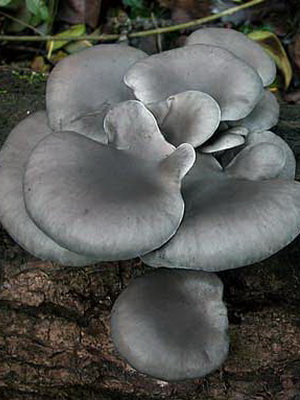
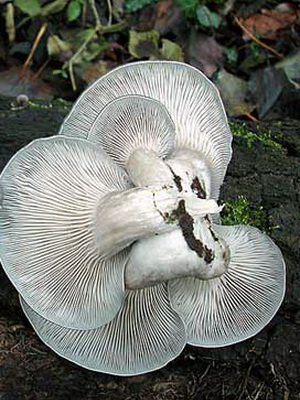
However, you always need to know that oyster mushroom can be confused with some species of conditionally edible mushrooms found in Russian forests. These fruiting bodies are not poisonous, but they are not eaten because they taste bitter.
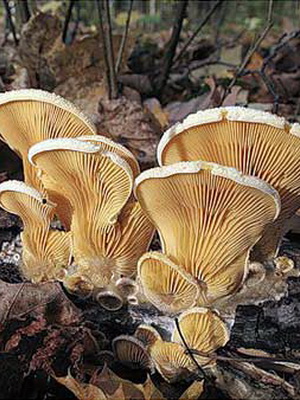
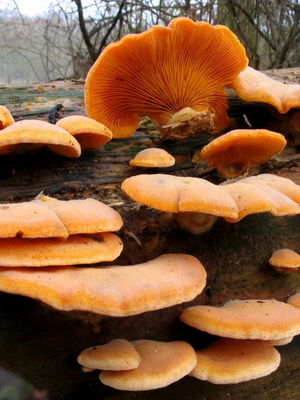
What poisonous mushrooms, similar to oyster mushrooms, are found in our forests? For example, oyster mushroom orange, although not considered poisonous, it is not collected due to excessive stiffness and fluffy skin, so the mushroom is considered inedible.In the forest, oyster mushroom orange grows on the branches of birch, linden and aspen, on rotten stumps, tree trunks, especially a lot of it on fallen leaves. Like oyster mushroom, this fungus grows in large families, but it is very rare. In the forest, you can see it immediately by its beautiful orange color. Usually amateur gardeners buy orange oyster mushroom mycelium and grow it as decoration for the garden.
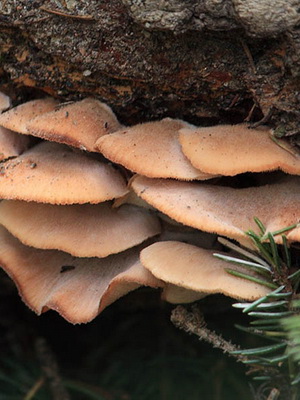
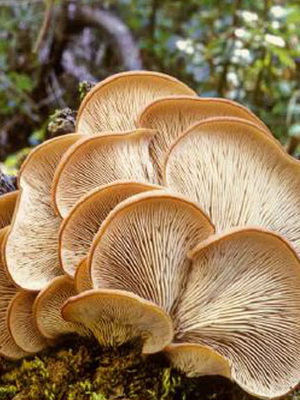
There is another type of mushroom, similar to oyster mushrooms, but not poisonous, but simply inedible - this is a wolf pilothouse. It is not eaten because of strong bitterness. The mushroom caps are small, yellow-red in color, similar to a dog’s hanging tongue. The legs of the fungus often grow together at the base and are arranged like roof tiles. Sometimes there are no legs at all, and the mushroom itself grows to the tree so that it breaks when touched. In addition, mushrooms are scared away by their smell: old individuals smell rotten cabbage.
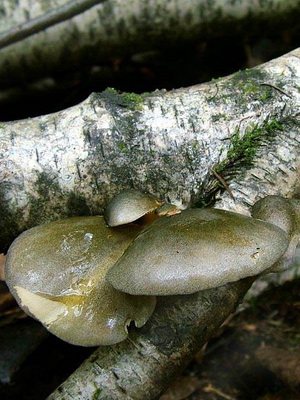
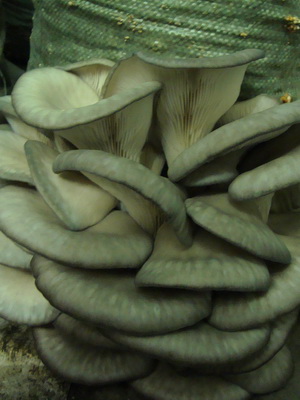
In late autumn, around November, you can find green oyster mushroom in the forest. This species is also not a poisonous double of oyster mushrooms, but it is not suitable for food due to its unattractive coloring and bitterness. It grows on coniferous and deciduous dead trees, hanging from them in large multi-story colonies.
Mushroom pickers never confuse oyster mushroom ordinary with conditionally edible species. However, regarding the common oyster mushroom, an important tip should be remembered: young mushrooms are used for food, the sizes of which are no more than 7-10 cm. You do not need to peel them from the skin, only surface debris should be removed and the lower part of the leg should be cut off.
Since oyster mushrooms are versatile mushrooms, they can be pickled, fried, stewed, fermented and frozen. If you do not like to pick mushrooms, but love to eat them - buy oyster mushrooms in the store. This will help to avoid the question of how to distinguish oyster mushroom from poisonous mushrooms.
